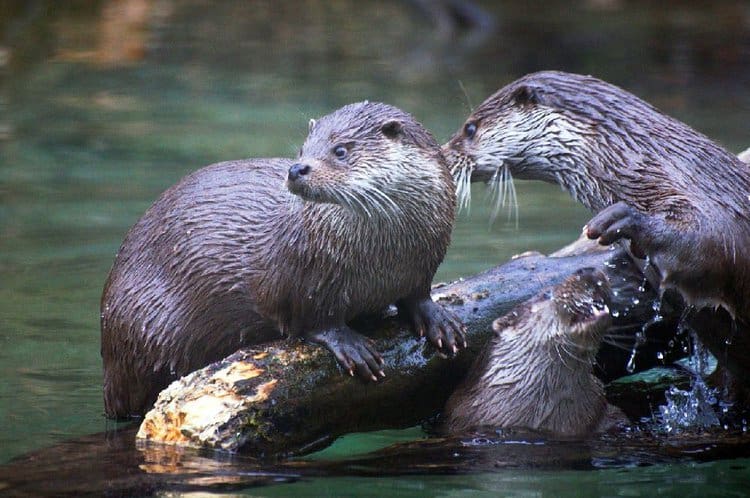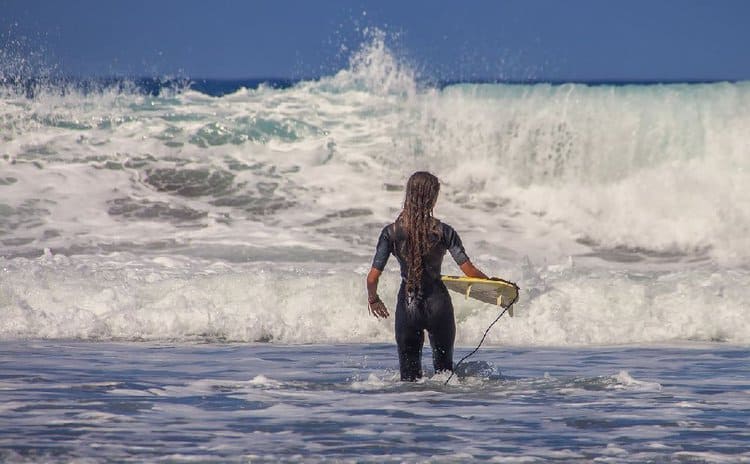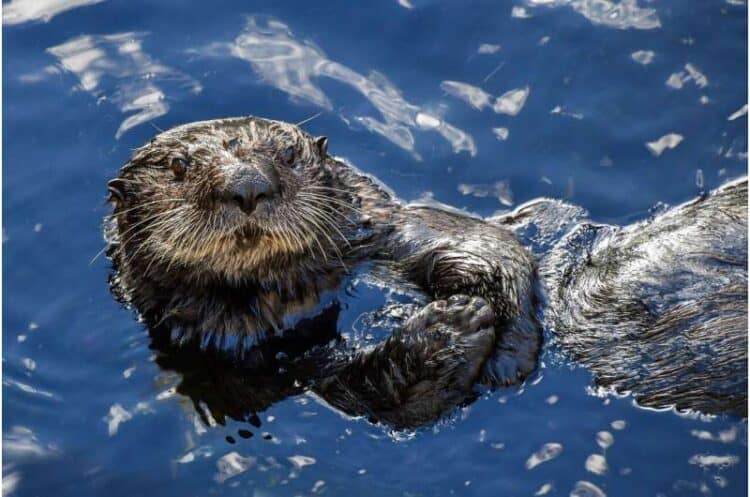A few years back, it was reported that MIT had begun working on wetsuits modeled after otters. It’s actually a brilliant idea if you think about it. The animals’ fur and the oil from their skin keep them relatively dry and remarkably warm in frigid temperatures.
Surfers and divers could benefit greatly from the suits. After all, who wouldn’t want to be more comfortable while submerged in water? It’s also a better solution than peeing in your wetsuit, which is a common trick with surfers for a temporary blast of heat.

Otters
Small semiaquatic mammals like otters and beavers don’t have massive fat stores like some creatures, but they still need to maintain body temperatures high enough to keep them alive during winter months.
Since they still spend much of their time in ponds, creeks, streams, rivers, and seas, regardless of the seasons, nature has outfitted them with fur perfectly suited for their environments.
Building on the notion, a group of MIT engineers hit on the idea to try to emulate the ideal setup these animals have with something similar for human beings.
Science Imitating Nature
Working on a potentially new type of wetsuit material using fine hairs similar to an otter or beaver pelt, the idea is to trap small pockets of warm air within the hairs.
By trapping small pockets of warm air in their fur, the animals are able to stay warm in arctic conditions without having to pack on bulky blubber.
“We are particularly interested in wetsuits for surfing, where the athlete moves frequently between air and water environments,” said Anette (Peko) Hosoi, a professor of mechanical engineering and associate head of the department at MIT.
“We can control the length, spacing, and arrangement of hairs, which allows us to design textures to match certain dive speeds and maximize the wetsuit’s dry region.”

Animals as Inspiration
Their work was ultimately published in the journal Physical Review Fluids and provided a detailed understanding of just how these small mammals can insulate themselves while diving.
The end result was “fabricated fur-like, rubbery pelts,” which helped them identify the mechanism by which air is trapped between individual hairs when pelts are plunged into liquid.
The hope is that the findings may soon lead to better bio-inspired materials for wetsuits. Surfers and divers across the globe will no doubt be thrilled with lighter, more efficient materials to utilize once the material is perfected.
Hopefully, the finished product doesn’t itch…
This article by Rebecca West was first published by The Animal Rescue Site.
What you can do
Support ‘Fighting for Wildlife’ by donating as little as $1 – It only takes a minute. Thank you.
Fighting for Wildlife supports approved wildlife conservation organizations, which spend at least 80 percent of the money they raise on actual fieldwork, rather than administration and fundraising. When making a donation you can designate for which type of initiative it should be used – wildlife, oceans, forests or climate.







Leave a Reply